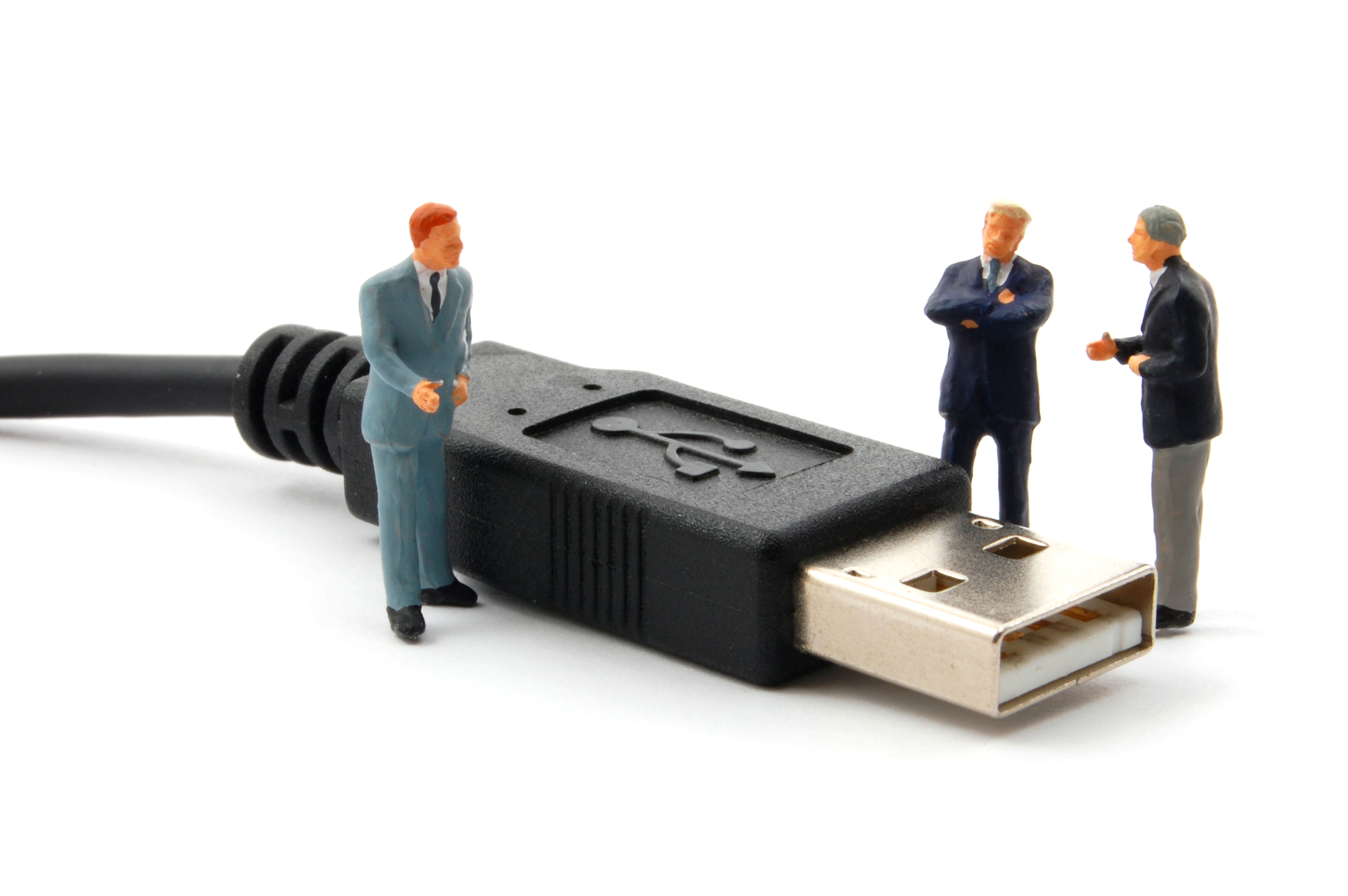Most people may not know what Type-C double-sided pluggable interface looks like, but industry insiders believe that once this feature becomes popular on mobile devices, it will definitely be welcomed by everyone.

On August 1, 2015, Tecson launched the world's first Type-C interface mobile Solid-state drive. This SSD provides the latest Type-C interface, which supports dual sided USB insertion. Tec Core Mobile Solid-state drive is also divided into flagship and standard products. The flagship product is undoubtedly faster and more reliable, and it is biased towards business or audiophile users. Standard level products are aimed at mainstream users, but the actual transmission speed is also astonishing.
Technical characteristics
In December 2013, the USB 3.0 promotion team announced the rendering of the next generation USB Type-C connector, and it was then ready for mass production starting in August 2014. The highlights of the new interface are its slimmer design, faster transmission speed (up to 10Gbps), and more robust power transmission (up to 100W). The biggest feature of the Type-C double-sided pluggable interface is its support for double-sided USB interface insertion, officially solving the world's problem of "USB never plugs in", with both sides plugged in casually. The USB data cable used in conjunction with it must also be thinner and lighter.
In summary, USB Type-C has the following characteristics:
1. The maximum data transmission speed reaches 10Gbit/s, which is also the standard of USB 3.1;
The size of the Type-C interface socket end is approximately 8.3mm × 2.5mm slim design;
3. Supports the "front and back insertion" function, which can be inserted from both sides, and can withstand 10000 times of repeated insertion and removal;
4. The standard specification connecting wire equipped with Type-C connector can pass 3A current, and also supports "USB PD" with USB power supply capability, which can provide up to 100W of power.
Appearance characteristics
1. Ultra thin
A thinner body requires thinner ports, which is also one of the reasons why USB-C emerged unexpectedly. The USB-C port is 0.83 cm long and 0.26 cm wide. The old-fashioned USB port is already outdated, with a length of 1.4 centimeters and a width of 0.65 centimeters. This also means that the end of the USB-C data cable will be one-third the size of the standard USB-A data cable plug.
2. No positive or negative
Like Apple's Lightning interface, the front and back of the USB-C port are the same. That is to say, no matter how you insert this port, it is correct. Users do not need to worry about the pros and cons of traditional USB ports.
major function
1. Quick
In theory, the maximum transmission rate of the USB-C port is 10Gb/s. However, Apple stated that the new MacBook's USB-C port has a maximum transfer rate of 5Gbps. The maximum output voltage is 20 volts, which can accelerate the charging speed. The USB-A model, so far, has a maximum transmission rate of 5Gbps and an output voltage of 5V.
2. A generalist
The USB-C port of the new MacBook can transmit data, charge, and also serve as a video output port to connect external display devices. The only question is how Apple can satisfy users who want to do all three things simultaneously.
3. Bidirectional
Unlike the old USB port, power can only be transmitted in one direction. The power transmission of the USB-C port is bidirectional, which means it can have two ways to send power. So, users can not only charge their mobile devices with their laptops, but also use other devices or mobile power sources to charge their laptops.
4. Backward compatibility
USB-C can be compatible with the old USB standard, but users need to purchase an additional adapter to complete compatibility. Apple stated that not only will Apple officially sell adapters, but third-party companies can also authorize production.